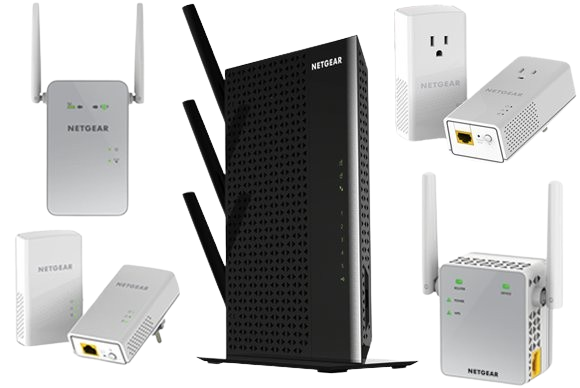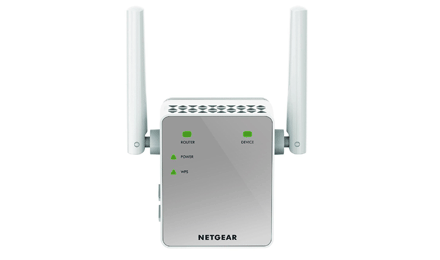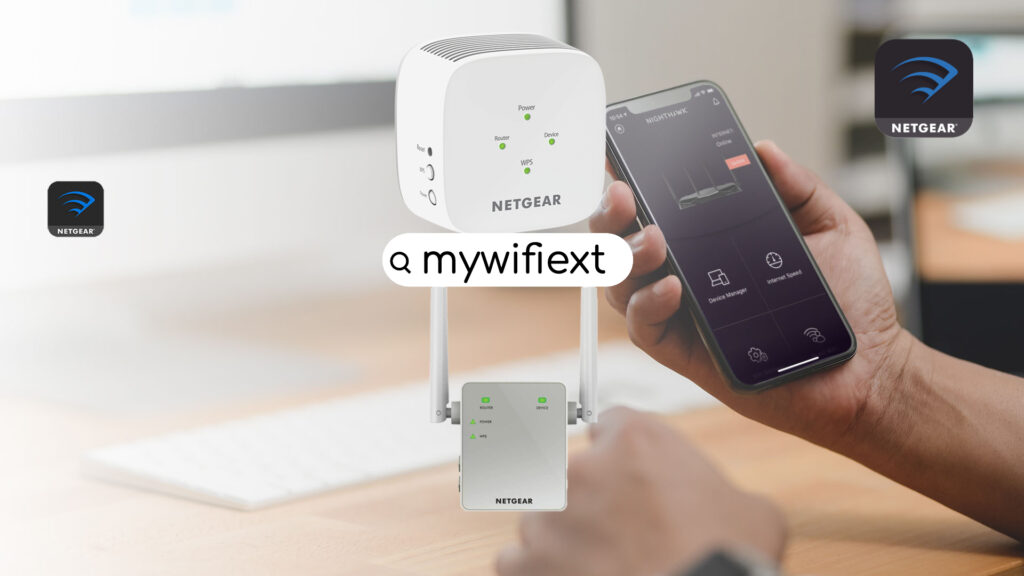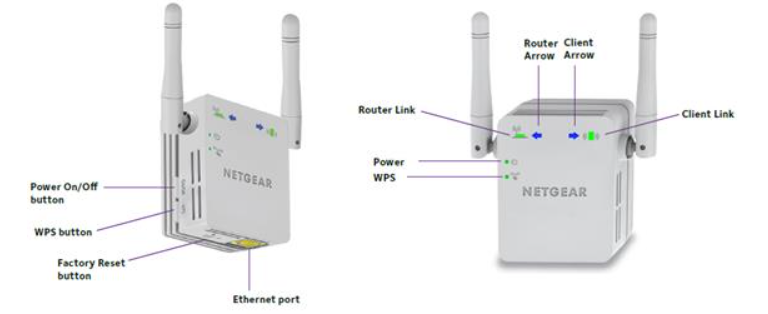How WiFi Extenders are Redefining the Digital Age
In today’s digitally driven world, stable and widespread internet connectivity has become a necessity. Users may have high-speed internet plans, but dead zones or slow speeds are common due to limited router coverage. That is where WiFi extenders come in to bridge the gap. They are no longer just accessories; they play a pivotal role in ensuring seamless internet connectivity. This article delves into the evolution, unconventional applications, emerging trends, and future potential of WiFi extenders, as well as dispelling common misconceptions.

Tracing the Journey of WiFi Extenders: From Cables to Wireless Freedom
WiFi extenders have evolved through the years with the development of internet connectivity. Their development runs parallel to changes in networking technology.
The early days of networking revolve around the development of internet connectivity
The use of Ethernet cables dominated internet access before the rise of wireless networks. These cables were reliable but restricted mobility. Convenience came with the introduction of wireless routers, but they soon revealed their limitation in terms of signal range. Early extenders, which were bulky and difficult to configure, filled this gap, though far from user-friendly.
Key Technologies Behind Modern WiFi Extenders
Technological developments have made WiFi extenders more advanced. The following are some of the technologies that make a difference:
Beamforming
This technology focuses the signal on the device rather than broadcasting it randomly. This means a stronger connection and better coverage.
Mesh Networking
Mesh systems are not extenders but instead form a network; thus, devices will be able to switch from one access point to another without experiencing any kind of disconnection.
WiFi 7 Compatibility
With WiFi 7 coming shortly, extenders are being built with ultra-fast speeds and very low latency to prepare for future demanding applications.
AI-Powered Optimization
AI will enable extenders to change dynamically with network conditions, which minimizes interference and ensures that it performs optimally.
Modern extenders can handle and secure multiple IoT devices, providing a centralized platform for smart home management.
Future Trends: The Next Generation of WiFi Extenders
The future of WiFi extenders is bright and exciting, with several upcoming developments.
Cloud-Based Management
Future models will probably be able to have cloud-based monitoring so that the extenders can be managed remotely using apps.
5G Integration
As 5G networks expand, extenders with 5G support will allow for faster and more reliable connections.
Voice Assistant Integration
Future extenders could become smart hubs with voice assistants, which would simplify home automation.
Advanced AI Capabilities
AI-driven features would make troubleshooting and network optimization a piece of cake by adapting to real-time conditions with the least possible human intervention.
Environment-Adaptive Designs
Extenders of the next generation might also have sensors for interference and change settings accordingly to achieve optimal performance.
Green Technology: Sustainable Innovations in WiFi Extenders
As sustainability becomes a global priority, manufacturers are incorporating eco-friendly features into WiFi extenders.
Energy Efficiency
Many extenders now include power-saving modes and intelligent energy management, reducing electricity consumption when idle.
Sustainable Materials
The use of recycled plastics and minimalistic packaging reflects a commitment to reducing environmental impact.
Extended Product Lifespan
Long-lasting designs and frequent firmware updates make extenders work for years, not contributing to electronic waste.
Solar-Powered Extenders
Some of the outdoor versions come with solar panels, thus providing a very green solution to areas where there is no electricity.
Security Features: Secure Your Network
Extend beyond signal-boosting features; modern extenders enhance security to prevent potential breaches.
Advanced Encryption Standards
Support for WPA3 encryption makes sure that data is communicated securely and cannot be accessed by others without permission.
Guest Networks
Extenders usually provide a guest network to separate visitor devices from the main network for added security.
Automatic Update
The firmware is updated automatically, ensuring the extenders always have the latest security patches.
Parental Controls
Parental controls are built in to restrict certain websites or devices, creating a safer environment for children to browse.
VPN Support
Premium extenders allow support for VPNs, which encrypt data for increased privacy and security.
Technological Progression
With network innovation, extenders evolved to be more compact, efficient, and easier to use. Features such as dual-band and tri-band support, beamforming, and MU-MIMO also featured them quite expansively, giving their users faster speeds and wider coverage.
Recently Released Extendors Solutions
Smart homes of the present day also include cutting-edge technologies like mesh networking, artificial intelligence, and smart home integration. From being considered as optional solutions, extenders have emerged as integral solutions for smart homes, providing multiple devices with consistent connectivity.

Extending Beyond Homes: Specific Uses of WiFi Extenders
Technological developments have made WiFi extenders more advanced. The following are some of the technologies that make a difference:
Beamforming
This technology focuses the signal on the device rather than broadcasting it randomly. This means a stronger connection and better coverage.
Mesh Networking
Mesh systems are not extenders but instead form a network; thus, devices will be able to switch from one access point to another without experiencing any kind of disconnection.
WiFi 7 Compatibility
With WiFi 7 coming shortly, extenders are being built with ultra-fast speeds and very low latency to prepare for future demanding applications.
AI-Powered Optimization
AI will enable extenders to change dynamically with network conditions, which minimizes interference and ensures that it performs optimally.
Modern extenders can handle and secure multiple IoT devices, providing a centralized platform for smart home management.
Extending Beyond Homes: Specific Uses of WiFi Extenders
WiFi extenders are not only for homes. They can be used in a wide variety of places where reliable internet connectivity is required.
Commercial and Retail Environments
For commercial applications like retail shops, restaurants, and coworking centres, extenders guarantee the seamless flow of connectivity to the staff and clients. A reliable network promotes efficiency and better customer service.
Outdoor Events and Public Areas
Deployed from outdoor extenders to event venues and into sports arenas, internet connectivity becomes the means of smooth communication in concerts, festivals, and other crowd gatherings.
Agricultural and Industrial
Smart farming involves using extenders to connect IoT devices, such as sensors and automated irrigation systems to large farmlands. Similarly, warehouses and factories need to be implemented with connectivity for automated processes and inventory systems.
Schools and Colleges
Schools, colleges, and research institutions use extenders to provide reliable connectivity over big campuses so that students and staff can access online resources seamlessly.
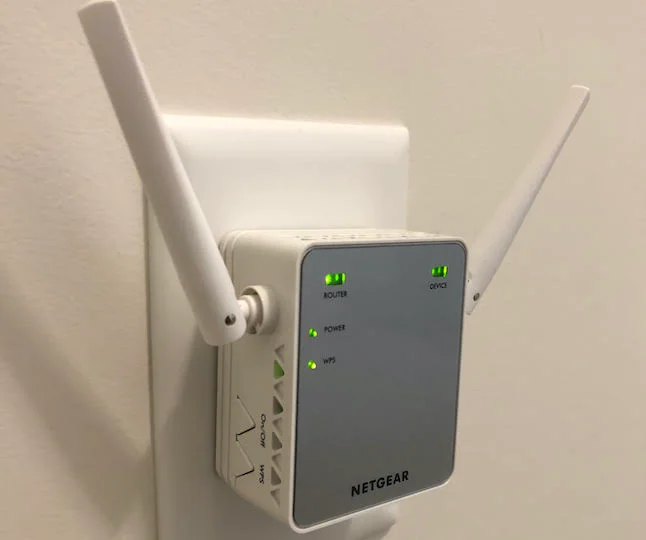
3. Construct a Hidden Network
- Are you aware of the fact that it broadcasts its own wireless signal by default?
- It is true, indeed.
- Its SSID, or wireless network name, might help you find it easily so you can connect to it with your PC, tablet, or smartphone.
- On the other hand, connecting to your network is simple for everyone else.
- Thus, creating a hidden network is ideal.
- All that is needed to accomplish this is to disable the SSID broadcast.
- In order to gain access to the hidden wireless network, you must manually input your mywifiext.net login credentials.

Do-It-Yourself Solution: How to Convert Old Routers into WiFi Extenders
Tech geeks can give old routers a new life by transforming them into extenders. Follow these steps for doing so:
- Rest the router in its factory setting.
- Access the configuration page via the router’s IP address.
- Switch it to “Access Point” or “Repeater” mode.
- Connect it to your main router using an Ethernet cable or wireless bridging.
- Place it in a low-signal area for better coverage.
Installation Options: DIY vs. Professional Help
When installing a WiFi extender, most users would ask whether to do it on their own or seek professional assistance.
DIY Installation
- Pros: Cheap, fast, and flexible placement.
- Cons: Requires technical expertise and time for the diagnosis of the problem.
Installation by Professionals
- Pros: Provides perfect position and alignment with other devices
- Cons: Is expensive in advance and only possible at scheduled hours
Cultural Impact: WiFi Extenders and Modern Lifestyles
WiFi extenders have gradually changed cultural and social habits with constant connectivity.
Enabling Telecommuting
They enable experts to work productively from anywhere in their house, thereby adding convenience and efficiency
Enabling Distance Learning
Extenders guarantee seamless access to online learning sites, thus filling the gap between students and learning resources.
Strengthening Social Ties
Increased internet connectivity connects people through video calls and social media, building community and combating isolation.
Powering Entertainment
Extenders enable smooth streaming, supporting the growth of services such as Netflix, YouTube, and Twitch.
Bridging the Digital Divide
In rural and underserved areas, extenders play a crucial role in expanding internet access and promoting digital inclusion.
Debunking the Myths About WiFi Extenders
Despite their popularity, there are several misconceptions about WiFi extenders.
- “They Boost Internet Speed”
Extenders amplify the existing signal but cannot improve your internet plan’s speed.
- “Setup is Complicated”
Modern models are user-friendly, with guided installation processes via mobile apps.
- “They Cause Interference”
Advanced extenders minimize interference with technologies like dual-band and beamforming.
- “One Extender Covers Everything
Coverage depends on the extender’s range and the size of the area. Large spaces may require multiple extenders or a mesh system.
- “They’re the Same as Mesh Networks”:
While both extend coverage, mesh networks offer seamless transitions between nodes, unlike traditional extenders.
Summary
WiFi extenders have moved from being a simple signal booster to a highly complex device that defines our digital experience. They offer connectivity, improved security, and sustainability, making them indispensable in homes, businesses, and beyond. As new developments such as 5G integration and AI optimization come to life, WiFi extenders are here to revolutionize the way people access the internet, making connectivity faster, more efficient, and universal. In this increasingly connected world, their relevance will only keep growing.
Of Course, you can. You can add multiple WiFi range extenders to your router’s network.
Your iPhone won’t connect to extender if it is dealing with minor bugs or something. In that scenario, you may try restarting your iPhone
This may happen as every time you try to connect your PS4 to the extender , a new IP address is assigned to the PS4. To fix it , try to login to your extender and access it web GUI
To reset , use a paper clip or any sharp object you find, and press the reset button. Once the LED starts blinking , release the button and let the extender reboot properly
Many people ask our technical specialists why their WiFi extender won’t connect, so they can provide the solution. Don’t worry if the same problem is affecting you. Due to the positioning of WiFi-causing gadgets close to your router and extender, you risk running into connectivity problems with your extender. Place your WiFi devices far away from objects that emit radio waves, such as Bluetooth speakers, microwave ovens, cellular phones, baby monitors, etc., to solve the WiFi extender not connecting issue.
Additionally, if your WiFi extender is improperly connected to the router, it may cause internet connectivity problems.For this, you need to cross-check the cable connection between both the devices and if any breakage is found in the Ethernet cable, get it replaced immediately. Doing so will certainly help you fix WiFi extender not connecting issue.
My WiFi extender indicates no internet is another frequent problem that has many WiFi extender customers scratching their heads. If your extender is not installed correctly or you are not receiving proper internet from your Internet Service Provider, a problem may arise.
Ping the router to which your WiFi extender is attached to see whether you are receiving internet from your ISP in order to resolve the WiFi extender reports no internet issue. If it is not the cause of the issue, reset your range extender and reinstall it. Get in touch with our technical experts for quick setup of your WiFi extender.
Firmware updates are offered for enhancing users ‘experience when it comes to enjoying internet. But, sometimes, users are not able to make the most of their extenders after updating firmware on them. If your WiFi extender is causing problems after firmware update, then chances are you have updated the wrong or corrupted firmware version on your WiFi device. To rid yourself of the issue, you need to reset WiFi extender to the default settings and install it again.
Netgear WiFi extender app is offered by the company to help users setup and manage their extenders in a hassle-free manner. But, it has been witnessed that the Netgear WiFi extender app is creating issues for many users. If you are also bothered by the same, check whether you have installed the latest software version of the app. If not, download the latest version of the Netgear WiFi extender app now only. Still same? Well, in that case, you need to approach our experts. They will diagnose why your Netgear WiFi extender app is creating issues and then fix it for you in a matter of minutes.
No one likes to use the internet with lag. This is why another frequently asked question that our team of experts handles every day is – why is my wifi extender so slow. If you are also looking to boost your WiFi then check the troubleshooting tips from the table of our experts written below:
Trouble with you Extender
1. Uplink Light is blinking
- First of all, ensure that both your extender and router are in working condition.
- Check if you have entered the correct web address, i.e. www.mywifiext.net.
- Place your extender and router in the same room.
- Update your internet browser to the latest version.
- Clear cache, history, and cookies of your internet browser.
- Try using another web browser to access www mywifiext net setup wizard.
2. Router Led is Red
It seems the router is experiencing issues related to the following reasons. Please check to see if these problems are from the parent router.
- Issues with pre-shared key and SSID
- Problems with LAN card
- Your home router is not configured properly
- WiFi signal is dropping or lost
- Insufficient range
- Issues with firewall settings
- VPN problems
If the issue presists then please write to support@mywifitext.com and our technical team will contact you as soon as possible.
3. Power Led Blinks Slowly
It seems the router is experiencing issues related to the following reasons. Please check to see if these problems are from the parent router.
- Issues with pre-shared key and SSID
- Problems with LAN card
- Your home router is not configured properly
- WiFi signal is dropping or lost
- Insufficient range
- Issues with firewall settings
- VPN problems
If the issue presists then please write to support@mywifitext.com and our technical team will contact you as soon as possible.
